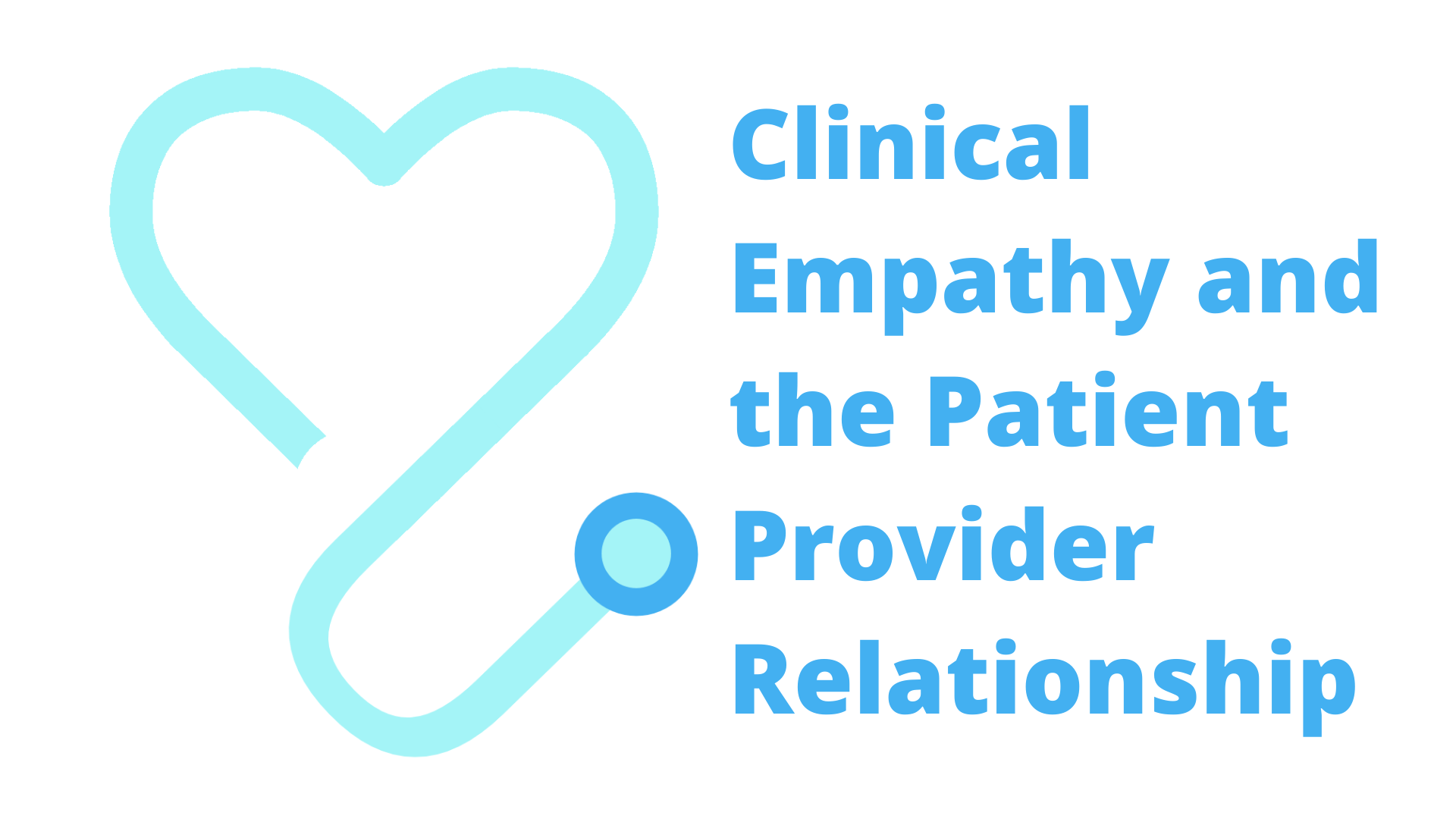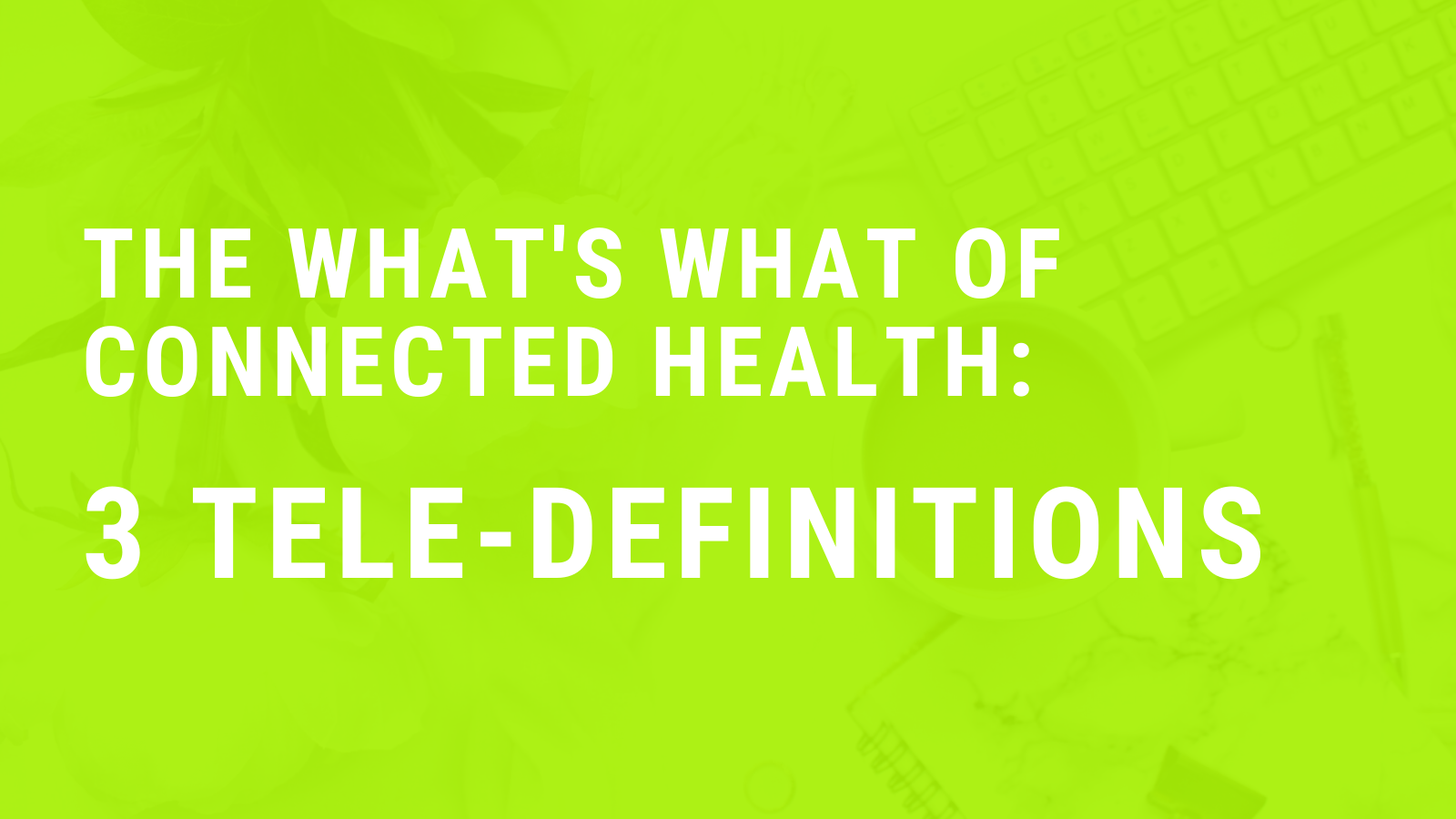Blog
Our latest news and thoughts
- All Posts
-
- Healthcare
- Remote Patient Monitoring
- Connected Care
- Patient Satisfaction
- Digital Innovation
- Standard of Care
- CMS
- Connected Health Devices
- Medicare
- Reducing Expenses
- Connected Health
- Patient Provider Relationship
- Bundled Payments
- Bundled Payments for Care Improvement
- Clinical Empathy
- Coronavirus
- Entrepreneurship
- Optimize Costs
- Physician Burnout
- Revenue
Bundled Payments in Healthcare
Topics: Healthcare, Medicare, Patient Satisfaction, Standard of Care, Bundled Payments, CMS, Bundled Payments for Care Improvement
December 10, 2019
by Dozie Ezerioha, MD
3.5 trillion dollars could buy a lot of really nice things for a lot of people. In 2017, however, it only got Americans substandard healthcare. In an article for the New Yorker, Dr. Atul Gawande explains that “the cost of [healthcare] is like the cost of groceries – the total depends on the price of every item and how many items you get.” This type of healthcare payment model, known as Fee-for-Service (FFS), financially rewards physicians who order large quantities of services without regard to the quality of those services. Despite the best efforts of well-meaning clinicians and administrators across the country, the result is jarring: exorbitant healthcare costs, unhappy patients, and poorer health outcomes when compared to other developed countries. It’s critical that we move towards a superior payment model that incentivizes high-quality care, improves the patient experience, and decreases healthcare expenditures.
In our daily lives, it is all-too-easy to assume that a steeper price tag means a higher quality product. Although that logic applies to many parts of American consumerism, it simply does not apply to our healthcare. An article written for Becker’s Hospital Review analyzed a recent study on the association between the cost and quality of healthcare in eleven developed nations. The three main takeaways are quoted as follows:
- The U.S. ranked last place among the 11 countries for health outcomes, equity and quality, despite having the highest per capita health earnings.
- The U.S. also had the highest rate of mortality amenable to healthcare, meaning more Americans die from poor care quality than any other country involved in the study.
- Poor access to primary care in the U.S. has contributed to inadequate chronic disease prevention and management, delayed diagnoses and safety concerns, among other issues.
Exorbitant medical costs due to the American FFS payment model have disenfranchised hundreds of thousands of Americans from access to quality healthcare. Thankfully, the tide is turning.
Both public and private payers are setting their sights on healthcare’s triple aim: improved patient experience, better health outcomes, and lower overall costs. The Centers for Medicare and Medicaid Services (CMS) sparked this important shift with its Bundled Payments for Care Improvement initiative and is clearly setting a new industry standard for alternative payment models.
So, what are bundled payments?
.png?width=980&name=Bundled%20Payments%20(6).png) Bundled payments are a value-based payment model in which payers provide a single, lump-sum payment to all parties involved in a patient’s episode of care. Traditional FFS models typically end provider responsibility once the patient leaves the acute care setting, but bundled payment models extend provider accountability into the post-acute setting, as well. This assures that patients receive support throughout their entire episode of care — not just in the hospital.
Bundled payments are a value-based payment model in which payers provide a single, lump-sum payment to all parties involved in a patient’s episode of care. Traditional FFS models typically end provider responsibility once the patient leaves the acute care setting, but bundled payment models extend provider accountability into the post-acute setting, as well. This assures that patients receive support throughout their entire episode of care — not just in the hospital.
Of course, this move comes with its own problems. Among them is the fact that providers are already overburdened by the healthcare system. Bundled payment models, however, are designed to improve care quality and efficiency. Any added burden would take the form of care coordination among providers and would serve to provide patients with clear, tangible benefits. Providers who perform well will also benefit.
Bundled reimbursement amounts are predetermined by the predicted cost of services for a specific care episode and include various steps in management, factoring in complications and hospital readmissions. If the cost of care falls below the bundled amount, providers split the difference and enjoy the profits. However, should the actual cost exceed the bundle, the involved providers incur the additional expenses. An article from MedCity News notes that “patients are likely to get more help in navigating multiple silos of care when participating providers are financially responsible for the cost of poor outcomes.”
This model incentivizes providers to coordinate care, maximize efficiency in care delivery, adhere to quality standards, and decrease the overall cost of care.
What’s needed for bundled payment success?
Healthy tech infrastructure is essential for the success of bundled payment participants. Data analytics and reporting allow all parties involved in a care network to identify the strongest physician partnerships, find areas of unnecessary spending, and assure that care quality has not diminished.
Access to real-time patient data and the ability to communicate efficiently with all parties involved in an episode of care (including the patient!) are crucial for post-acute success. Traditionally, physicians have far less control over patient behavior, potential complications, and their ensuing costs once an individual leaves an acute care setting. Digital health and the remote monitoring tools we’ve created at PatientOne are quickly changing this.
In real-time, PatientOne captures data and analyzes it for actionable insights, allowing care teams to effortlessly monitor patients, engage in proactive risk management, and rest assured that quality is never compromised. Automated notifications keep patients engaged, on track, and extend your ability to care for them outside of your office. Additionally, our post-acute monitoring and communication tools help providers to positively influence patient behavior without any added physician burden — a perk that our customers love.
Value-based payment models, like Bundled Payments, are intended to pave the way to help achieve healthcare’s triple aim. PatientOne provides digital health tools that are necessary to enable care teams and their patients to thrive in the value-based care environment and ultimately help achieve healthcare’s triple aim.
Let us show you how PatientOne can help you and your patients thrive under a Bundled Payment Model. It’s time for action. Take it now.
%20(1).png?width=127&name=Carrie%20Nixon%20round%20(2)%20(1).png) Dr. Dozie Ezerioha is the Chief Medical Informatics Officer at PatientOne. For almost a decade, he’s tackled healthcare’s most pressing real-world challenges by finding ways to fix the system to deliver better outcomes. Dozie’s background in life sciences, engineering and medicine, and his passion for optimizing the patient healthcare experience, drives his patient-centric approach to building innovative health technology.
Dr. Dozie Ezerioha is the Chief Medical Informatics Officer at PatientOne. For almost a decade, he’s tackled healthcare’s most pressing real-world challenges by finding ways to fix the system to deliver better outcomes. Dozie’s background in life sciences, engineering and medicine, and his passion for optimizing the patient healthcare experience, drives his patient-centric approach to building innovative health technology.



